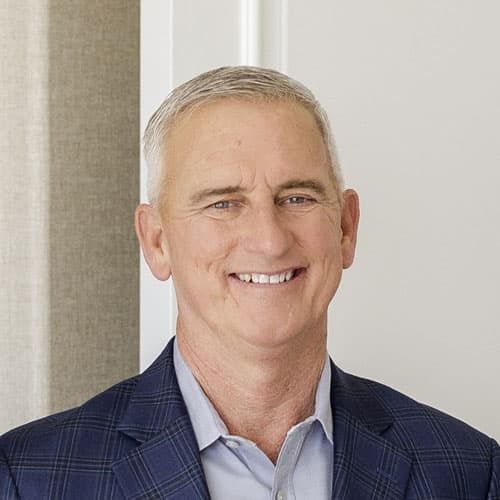Yesterday, Derrick discussed the macro-economic forces that will affect real estate for years to come:
The Future
Ten More Years?
The author first explored this topic in 2015, and this follow-up article was published in February: Welcome to the Brave New Housing Cycle: Factors indicate that an extended housing boom is underway. A new long-term housing boom is upon us. And COVID-19 is the main...
Working-From-Home Buyers
Those with good-paying jobs who've discovered the benefits of working from home are the ones who are most-likely fueling the ferocious demand - especially in what's now the $1,000,000-$2,000,000 starter-home range between La Jolla and Carlsbad (can't believe that I...
Home of Tomorrow
In 2021, how many garages have 2-3 cars parked inside? We should change the name from garage to 'flex space', or 'California basement'. Hat tip to my friend Ken: JBREC was pleased to be asked to be part of a team assembled by Pro Builder Magazine to collaborate on a...
Zillow & ShowingTime
Wouldn't it be great if they published the number of showings publicly? It would help buyers know how competitive the bidding will be (or not), and later it would help to qualify the comp. When pricing the next listing down the street, you never know if the sales...
California Dreaming
I'm not sure a 30-minute TV show will change anyone's destiny, but hey, at least they are trying: As part of C.A.R.’s 2021 consumer advertising campaign, the Association has partnered with ABC to be the presenting sponsor of their new documentary, California Dreaming....
Real Estate Commissions and the DOJ
Hat tip to the three people who sent in this article: https://www.axios.com/real-estate-fee-showdown-lawsuits-5e88b18c-3baa-4cb0-8302-2a2a8fa16eda.html It's a sexy topic because the realtor industry is terrible at explaining commissions, and then reporters jump into...
Top Markets in 2021
Zillow Survey Predicts Austin will be the Nation's Hottest Housing Market, Leading a Sunbelt Surge More affordable metros are replacing expensive coastal areas as top drivers of home value growth -- A panel of economists and real estate experts expect Austin to...
Zillow vs. Realtors
We wondered what might happen when Zillow changed from a search portal to a brokerage last week. Zillow showed us who's the boss. They deleted the last 50-100 sales from EVERY agent I checked, and ALL active listings were wiped off the agent profile. They also tweaked...
Hot Pockets
An update from the agent on the new listing (now pending) in La Costa Oaks: 27 showings, 8 offers significantly over asking. It was crazy! So many buyers from the Bay Area! I had seven agents contact me for details about my sale that's pending across the street. ...



